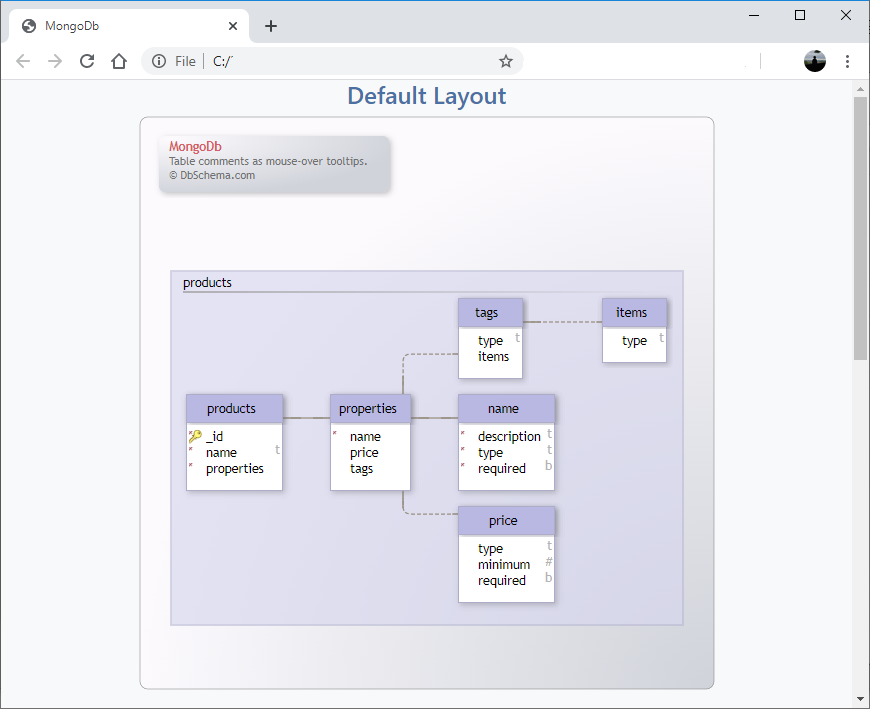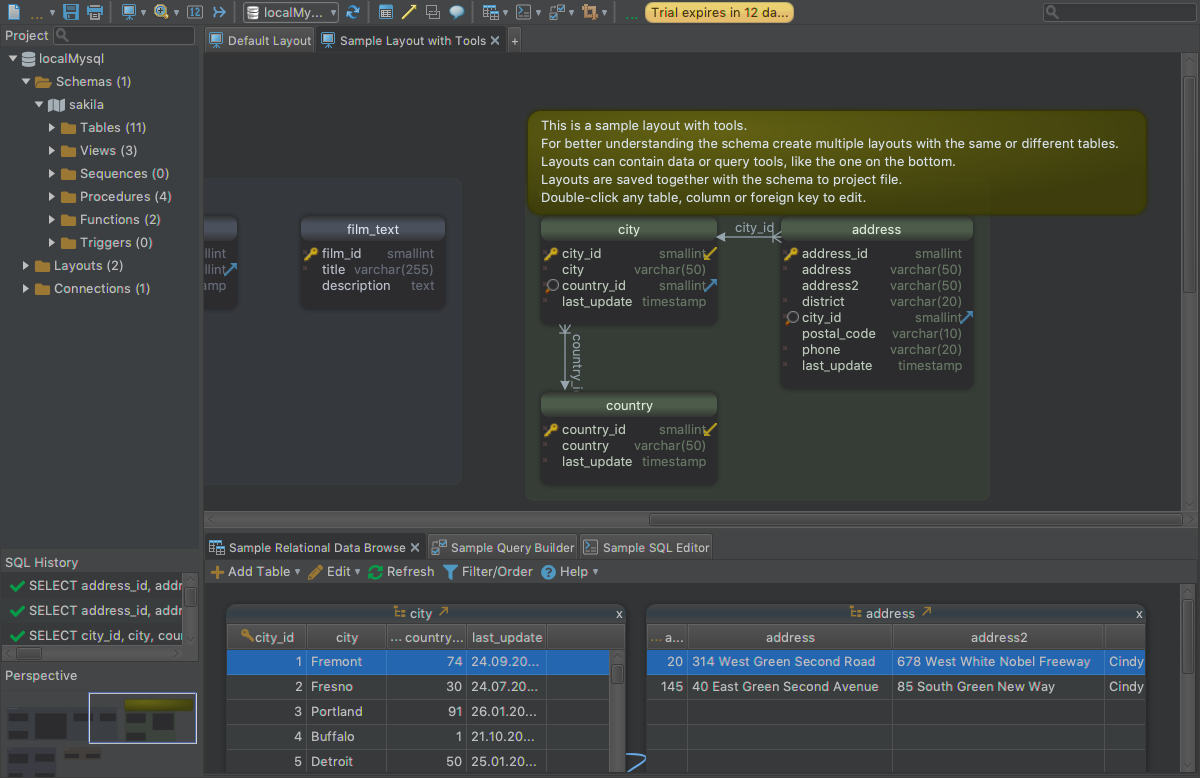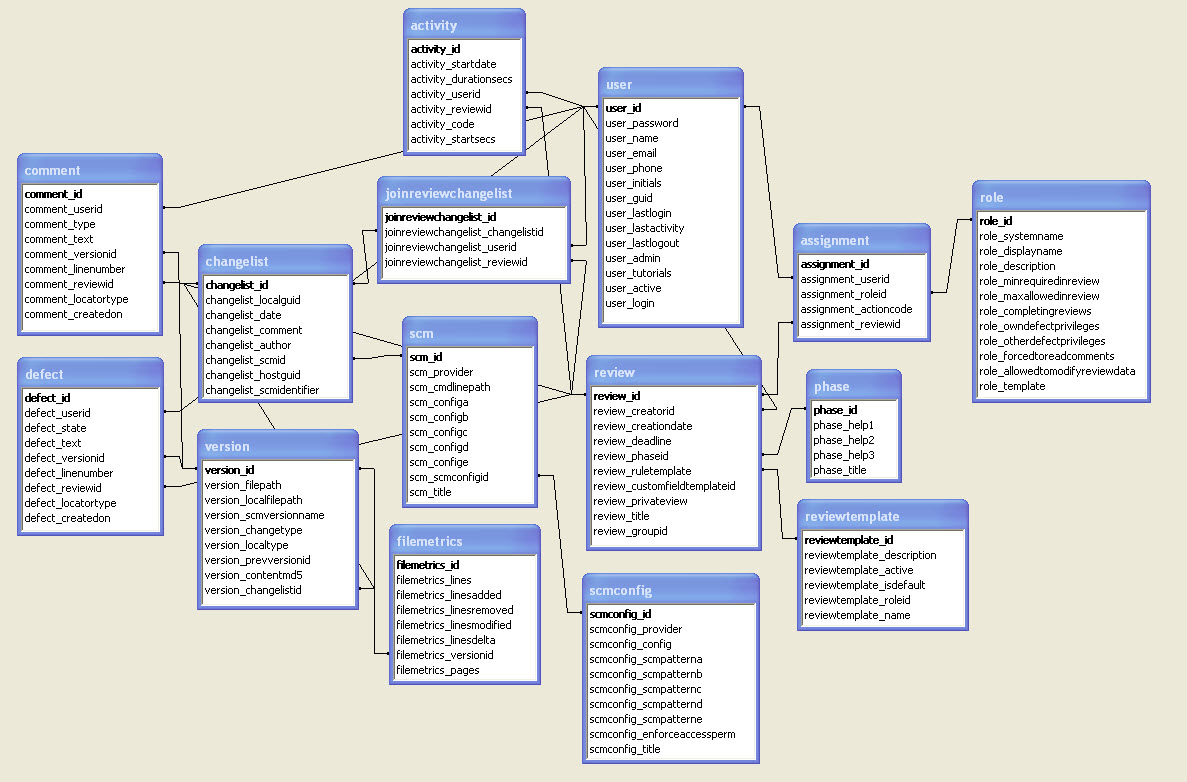

- #Dbschema data compare how to#
- #Dbschema data compare verification#
- #Dbschema data compare software#
For example, will the data modeling apply to specific software and systems or to overall departmental or enterprise requirements? This step must focus on actual business needs so that it’s possible to understand which capabilities are essential and which are desirable, or optional. Know your business uses data. The process begins with an understanding of how your organization consumes and processes data-along with its specific needs for data modeling.There are five key areas to consider when selecting a vendor and a data modeling solution: To be sure, it’s critical to select the right solution for your organization’s data modeling requirements. They also deliver tools for managing and automating data management and use.
#Dbschema data compare how to#
With a view of an organization’s data structure and relationships, it’s possible to optimize data to fit the specific needs of users and groups.Īlso see: Data Visualization Software How to Choose Data Modeling SoftwareĪs organizations look to connect disparate systems that rely on different structures and formats, data modeling tools deliver the diagrams and schemas for tying things together in the most seamless and efficient manner possible. They typically span different-and in the past incompatible-data types and objects, offering dashboards and reports that drive effective decision-making. They are able to peer inside cloud-based systems as well as on-premises data frameworks. Not surprisingly, these tools have become far more sophisticated in recent years. This makes it easier to ensure that everyone is marching in the same direction and using data in a consistent way. These models also introduce a common structure for collaboration among business and IT groups. It decreases the odds for data errors and typically speeds the time required to gain insights into business opportunities along with existing business processes. The value of effective data modeling is significant. A physical model works with specific tools, devices and applications. They are typically defined by developers and data administrators. Physical data models refers to the actual implementation of a logical model. For example, a logical model might define what happens with a specific piece of data when specific events or circumstances occur. In other words, they drill down to a more practical and functional level.

Logical models extend the data framework of conceptual models by extending visibility into attributes that lie between general relationships. They are used to organize and manage broad business concepts that typically fall within the responsibility of data architects and business leaders. It’s also possible to spot opportunities as they arise.Īlso see: Data Mining Techniques What Are Data Modeling Tools?Ĭonceptual data models focus on the overall structure of a business and its data. With a broad and deep view of data sources and connection points, an organization can build conceptual, physical and logical models that deliver value to various constituencies within an enterprise-and out to partners and a supply chain.

#Dbschema data compare verification#
The best tools tie together data from various systems and repositories and deliver specialized modeling and verification capabilities that help an organization make sense of all the data-and the overall data framework.


 0 kommentar(er)
0 kommentar(er)
